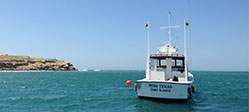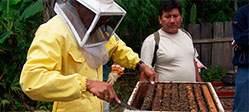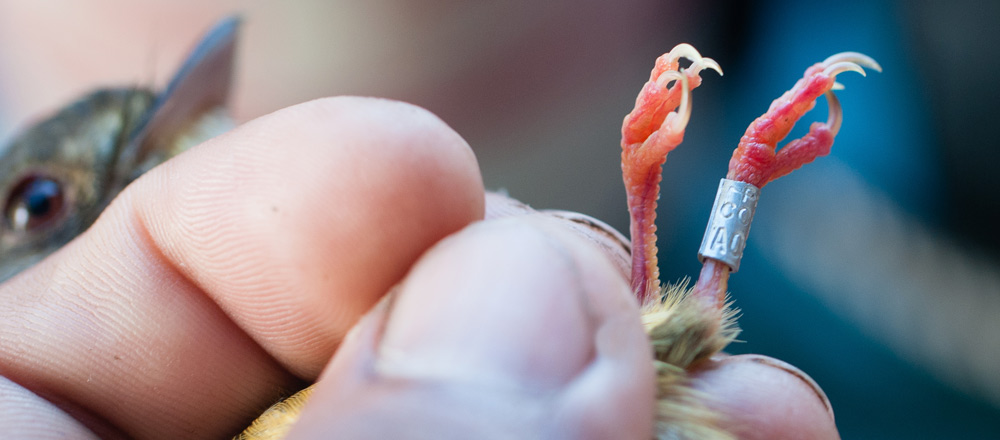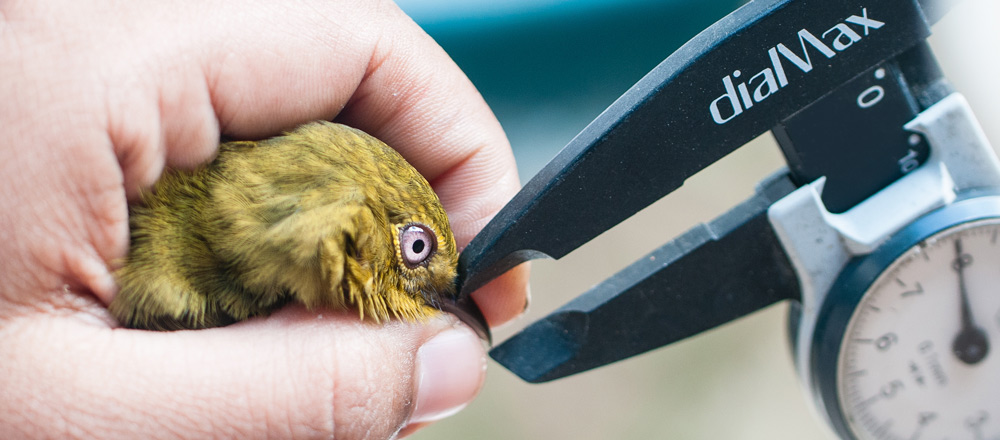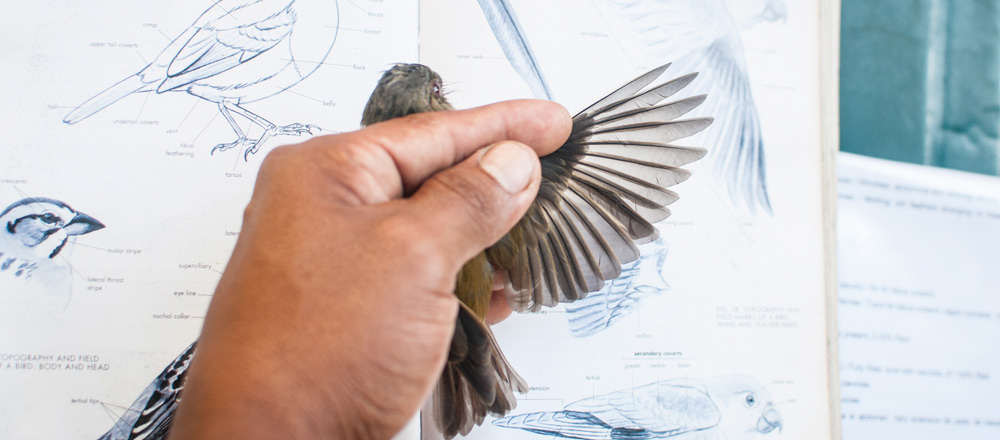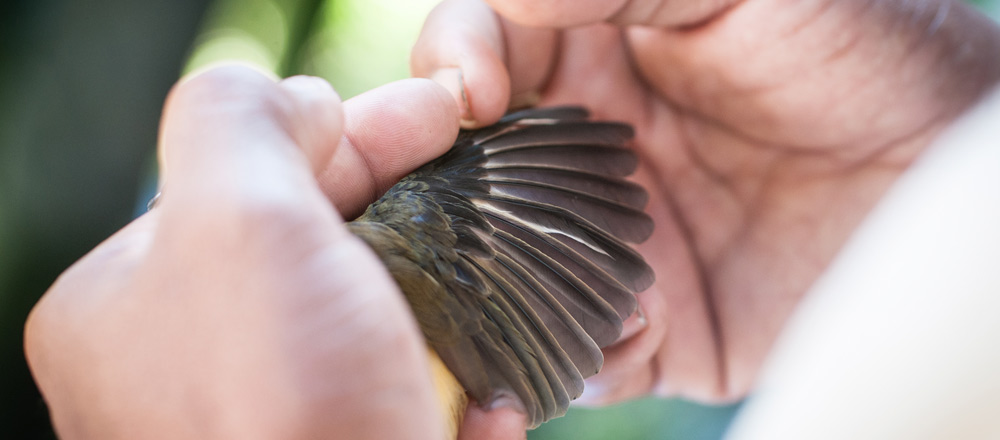Research > Rainforest > Bird Monitoring
Bird monitoring at Inkaterra encourages the declaration of local reserves, with the involvement of local communities for the conservation of endemic species, as well as the securement of a safe migratory route for transitory birds.
-
Bird Banding Station
Bird banding is Inkaterra Asociación’s main monitoring method. It is based in capturing specimens with mist nests and marking them with a ring around a leg, with an international codification to study avifauna’s ecological dynamics and population. Biometric data including size, weight and wingspan is measured and registered in special formats to be collected in databases.
The project has four sampling areas at Amazon Field Station byInkaterra, where a banding mission takes place on a monthly basis. Additionally, Inkaterra Asociación organizes seasonal banding programs at the ITA-Tambopata Concession, the Gamitana Agroforestry Station and Valencia Station.
The Ornithology and Biodiversity Center (CORBIDI) has trained Inkaterra Asociación members, as well as volunteering ornithologists, in species identification, banding techniques and handling during the evaluation process.
-
Point Counts
-
Additional methods






